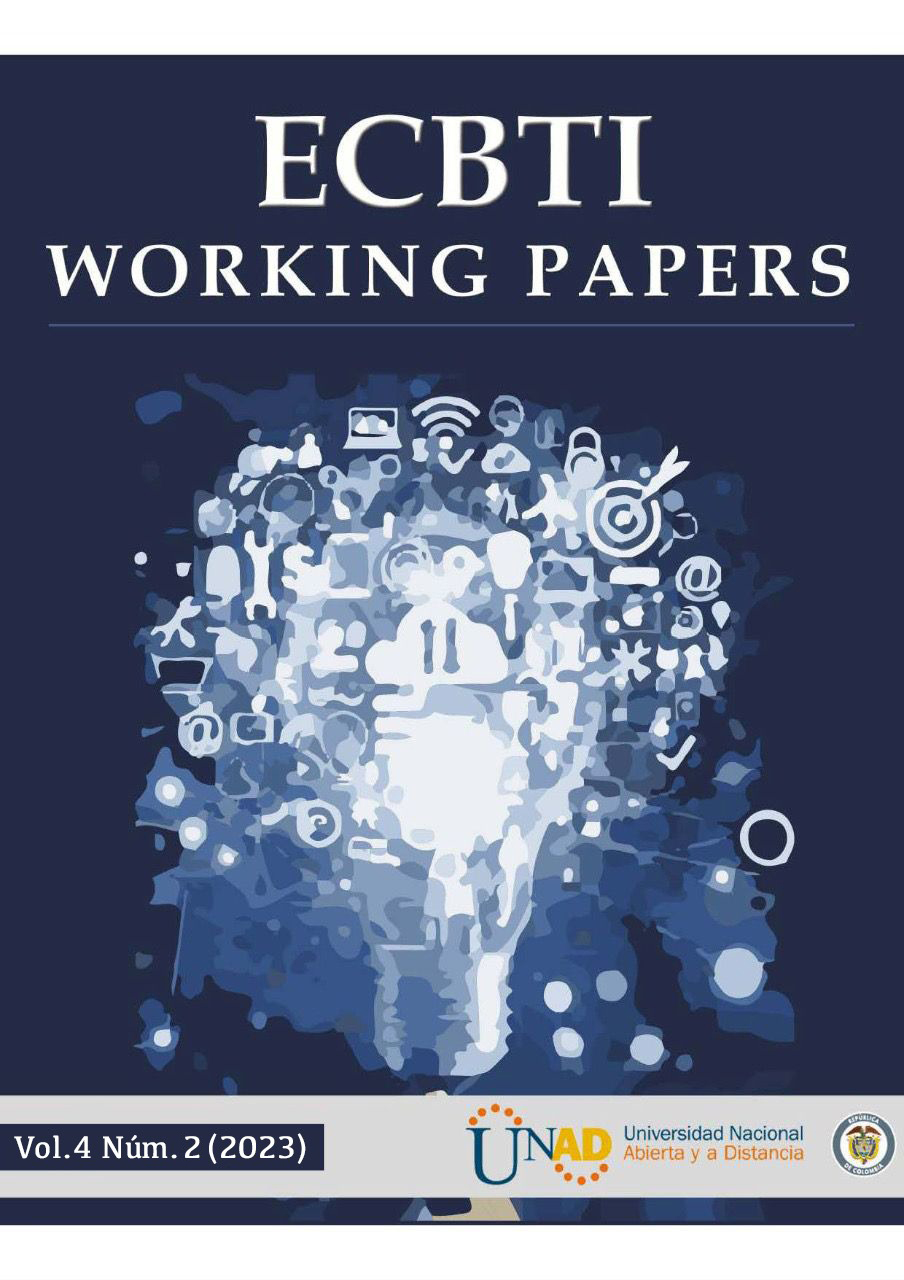Derechos de autor 2023 Documentos de Trabajo ECBTI

Esta obra está bajo una licencia internacional Creative Commons Atribución-NoComercial-CompartirIgual 4.0.
Perspectivas emergentes en materiales funcionales: integración de materiales inteligentes, nanotecnologías y biomateriales
Los materiales funcionales, como los biomateriales, nanomateriales y materiales inteligentes, están transformando sectores clave como la biomedicina, la energía, la electrónica y la ingeniería estructural. Estos materiales permiten desarrollos innovadores, desde sistemas de liberación controlada de fármacos hasta dispositivos energéticamente eficientes y estructuras autorreparables. Sin embargo, enfrentan desafíos en términos de costos y escalabilidad. Este working paper analiza las aplicaciones y beneficios de estos materiales, destacando su impacto en la sostenibilidad y sus retos para una implementación masiva. Además, se exploran las perspectivas futuras que permitirán optimizar su uso en diversas industrias.





